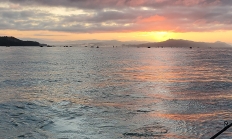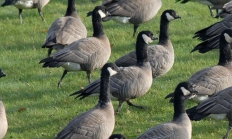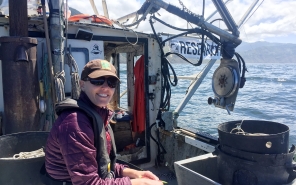ODFW's Oregon Conservation and Recreation Advisory Committee meets July 28 and 29
SALEM, Ore. – The Oregon Conservation and Recreation Advisory Committee will meet on Monday, July 28, from 12 p.m. to 5 p.m. and Tuesday, July 29, from 9:30 a.m. to 2:30 p.m. The Conservation and Recreation Advisory Committee will meet in Sisters on July 28th for a tour of area projects. On Tuesday…










